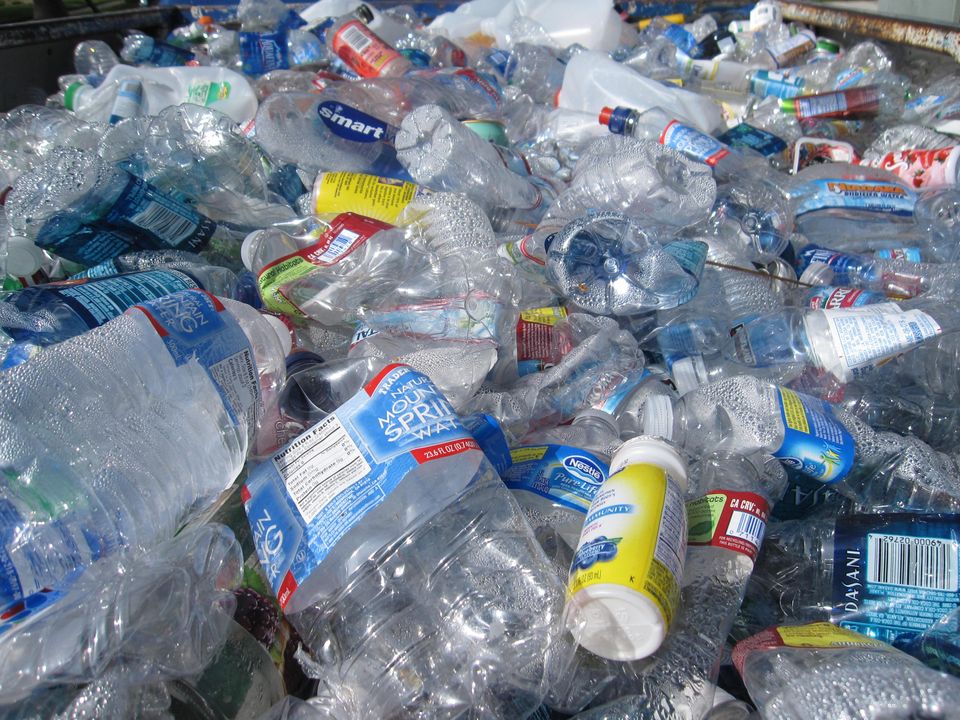European plastics industry calls for €235 billion net zero plan

Creating a net zero plastics industry in Europe is achievable by 2050 – but would cost €235 billion and require “new infrastructure and business models.”
That’s according to a new roadmap from “Plastics Europe”, a trade association representing 90% of Europe’s plastics producers that details the challenges of getting the sector’s 57.2-million-tonne carbon footprint to net zero by 2050.
The trade association, representing an industry with 53,150 companies generating over €400 billion in turnover, asks for help from the European Commission (EC) in the “Plastics Transition Roadmap” – saying the EC needs to “urgently initiate a Clean Transition Dialogue” with the plastics industry and calling for development of “a policy and regulatory framework that enables the industry’s transition.”
The figure required dwarfs the sums being allocated privately for investment in plastics decarbonisation initiatives. Three of the biggest plastics and material science companies (Dow, LyondellBasell and NOVA Chemicals) for example in 2021 put a combined $25 million into their Closed Loop Circular Plastics Fund – which is investing in scalable recycling tech, equipment upgrades and infrastructure.
Plastics decarbonisation: A colossal challenge
In the roadmap Plastics Europe projects that 65% of plastics could come from recycling, biomass and carbon capture by the middle of this century.
Currently, only 9% of the world’s plastics are recycled, while 19% are incinerated and 49% are landfilled. Circularity is more advanced in the EU, with 32.5% of all plastics recycled, but 24.9% are still landfilled – according to the European Parliament.
“All up- and down-stream levers need to be engaged, including reuse that reduces single use applications, design for recycling, mechanical and chemical recycling, plastics from biomass and CO2 captured in a carbon capture and utilisation (CCU) process. We need to significantly increase the collection, sorting and use of high-quality circular feedstock to reduce the dependence on fossil feedstocks and considerably lower the GHG emissions of the plastics system,” the group said.
It’s a challenge reflected at even greater scale across the Atlantic, with plastics company LyondellBasell earlier reflecting that the current supply of recycled plastics meets only 6% of demand for the most commonly used plastics in the U.S. and Canada, citing “systemic bottlenecks, misaligned incentives and policies, technological inefficiencies and outdated equipment across the plastics recovery system contribute to millions of tons of plastic going to waste in landfills…”
Net zero plastics: government action needed
The organisation’s projection takes into account these expected constraints, but the roadmap asks policymakers to take immediate action to impose minimum circular content targets, improve waste collection and sorting and phase out landfilling and incineration of recyclable plastic waste.
According to the trade body, instruments such as the EU’s carbon tax (EU ETS), disposal taxes and Extended Producer Responsibility schemes can be leveraged to improve circularity. However, the document also mentions the need to develop more funding policies to make circular plastics competitive, including “an EU equivalent to the US Inflation Reduction Act”.
“We need a thriving and competitive European plastics industry that allows us to increase investment and innovation in circularity and decarbonisation. We are at an inflection point. The decisions we collectively make today will determine our ability to continue to serve the many downstream industries with the sustainability solutions they need,” said Marco ten Bruggencate, President of Plastics Europe.
Net zero plastics will require ambition from producers
Among the immediate actions European plastics producers can take to work towards the target, Plastics Europe recommends providing stakeholders with more data, partnering with waste management firms to “secure circular feedstock”, investing in new technologies and signing renewable power purchase agreements.
But soon enough, producers will need to move away from low-hanging fruit: by 2026-2027, the association says they will have to shift away from linear practices to circular ones and “bring plastics to the market that are functional and affordable but also easy to recycle or repurpose at the end of their life cycle”.
Private industry continues to showcase some initiatives meanwhile, like one led by Coca-Cola and Swansea University to convert carbon extracted from the atmosphere into ethylene to make bottle caps; whilst this week plastics giant LyondellBasell said it has taken a 25% equity stake in Cyclyx International, a joint venture between Agilyx and ExxonMobil, designed to accelerates innovation and development of US infrastructure for a “nationwide circular economy for plastics.”







Member discussion